Old Enkaku-ji Somon
Historic sitesHistoryShuri Castle ParkTemples and shrines
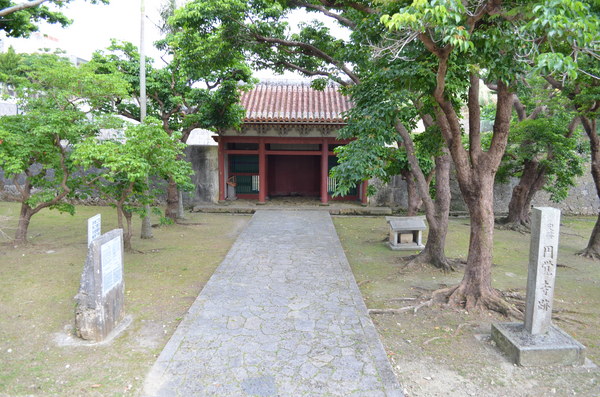

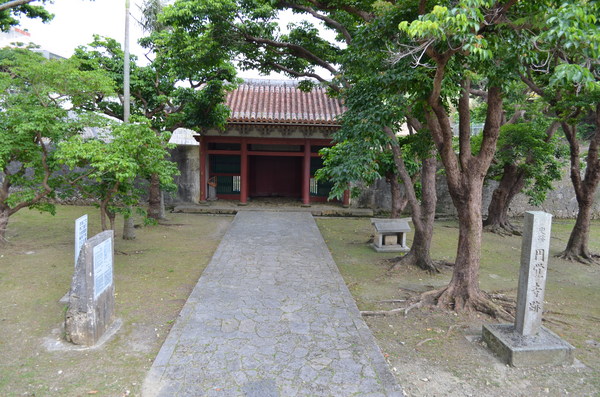
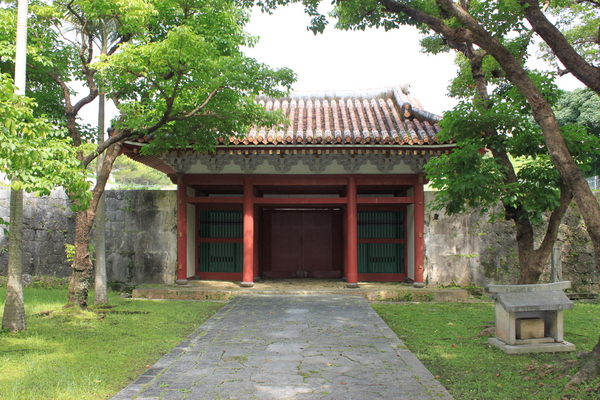
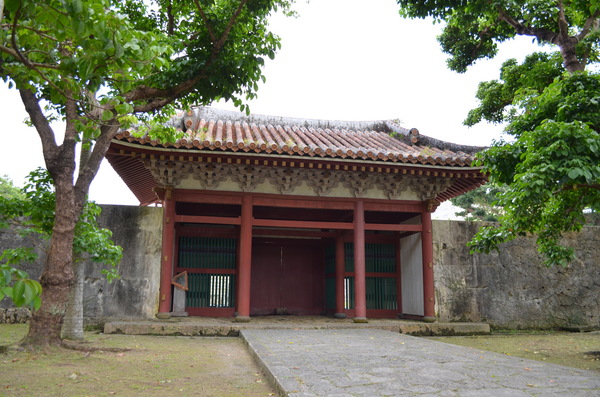
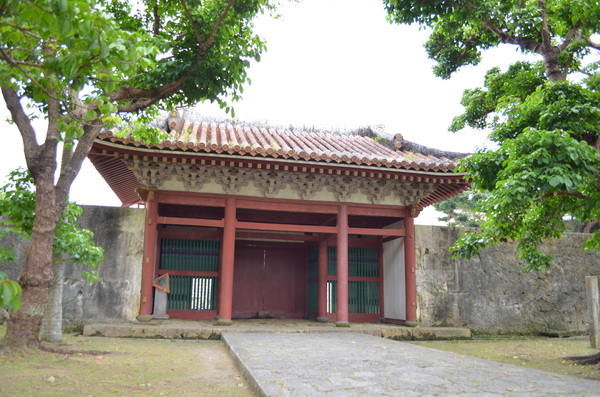
Enkaku-ji Temple is the headquarters of the Okinawa Zen sect (the Rinzai sect). The sango (the title prefixed to the name of a Buddhist temple) is Tentokuzan. It has been said that King Sho Shin constructed the temple to enshrine the spirit of his father, King Sho En. It was the family temple for the second Sho Dynasty.
Basic information
- Address
- 903-0812 2-1 Tonokura-cho Shuri Naha Okinawa In Shuri Castle Park
- TEL
- 098-886-2020 Okinawa churashima foundation Shurijo Castle Park Management Center
- Business hours
- April - June 8:00 - 19:30
July - September 8:00 - 20:30
October - November 8:00 - 19:30
December - March 8:00 - 18:30 - Close day
- Nothing in particular
- Charge
- Free
- Parking
- None
- Access information
- A 2-minute walk from the Tonokura bus stop. Ryutan-dori
Additional Information
- Academic information
- Cultural property(Prefectural designated historical site)
Designated date: May 12, 1972
As for Garan,* the temple had a Shichido Garan style as in Enkaku-ji Temple in Kamakura. Somon is the first gate at the front, three bays in width and two in depth. It is built with a hip-and-gable red-tiled roof, 8 pillars, front open ceiling space, and central double doors (about 1.8m). Figures of the Deva kings called Niou are placed on either side. So it has another name, “Niou-mon Gate.”
The architectural style belongs to the Zen sect, but this gate did not have the delicacy found in the Zen sect style completed in the Kamakura period. This gate was built in the Muromachi period, but it shows dignified, massive architecture found in the Nara period. This gate is one of the typically dignified, massive Okinawan architectural structures. Largely destroyed during the war except the foundation stones, it was restored in 1968.
Clipping Data:
Garan*
A temple structure. A building layout. A large temple complex that has most of the elements is called a Shichido Garan. Types and names of buildings to be built vary according to the religious school. In the Zen schools, a Shichiro Garan includes a sanmon gate (main gate), a Buddha hall, a hatto (lecture hall), a hojo (guest house), which are aligned in a straight line; and the more aligned are a sodo (left and right) (meditation hall or a building dedicated to zazen), a tosu or a seichin (toilet), a kuin (temple's office or a kitchen), and a yokushitsu (bath). - Quote
- Naha Board of Education Cultural Heritage Division (2007) "Naha Cultural Property" Naha Board of Education
